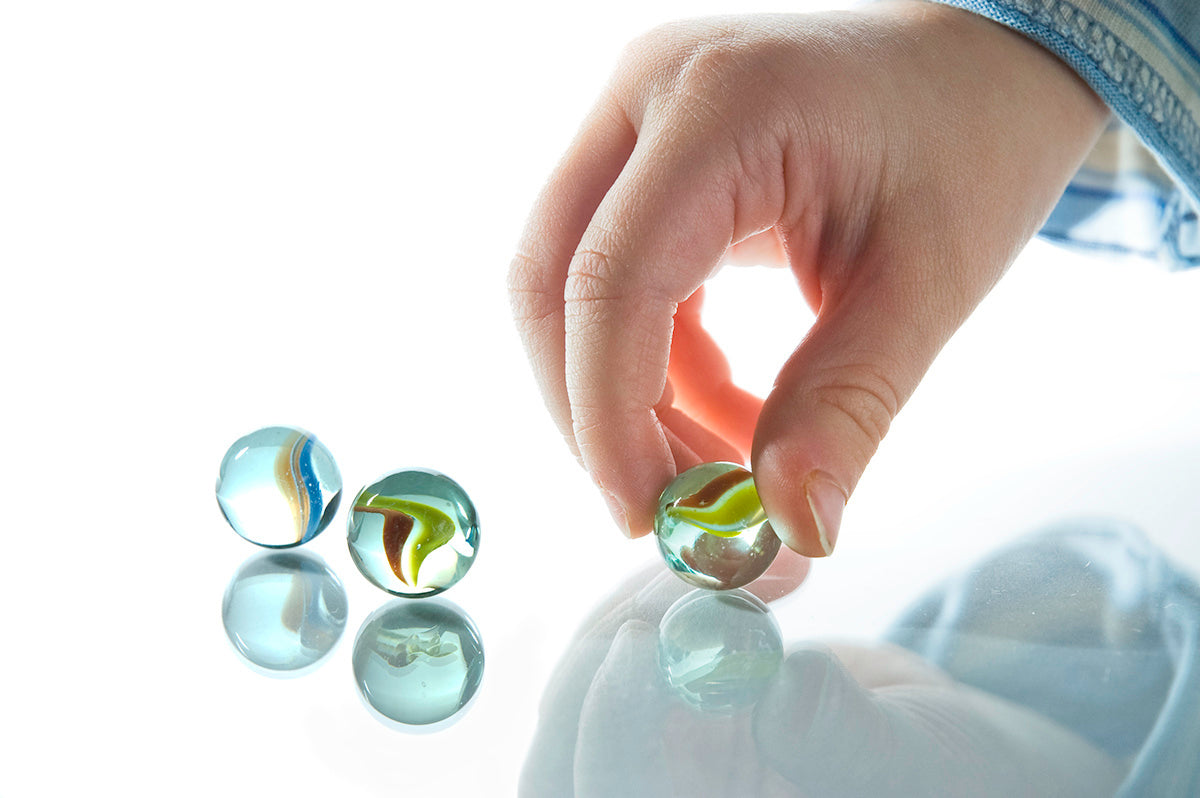“Mom, can I have the vacuum?” asked my five-year-old daughter. I was confused and also reluctant to turn over my beloved cordless Dyson. “Why, sweetheart?” Normally you cannot see my daughter’s floor through the forest of books, dolls, and clothes. She grinned while imploring me: “Come see.” She marched down the hall and into her room, leading me by the hand. When we got to her doorway I laughed in surprise. The floor was completely clear. I ceded control of the Dyson until my daughter got bored (about 47 seconds later). After I vacuumed neat rows back and forth over her pink, gray, and white chevron rug, I texted the preschool teacher photos of the immaculate room along with all the happy emojis.
Earlier that day, in frustration, I’d begged the teacher to help me find a way to quell the power struggles that had been erupting between my daughter and me for months. If I’m being honest, years. No sticker chart or time-out could tame her steadfast refusal to do what I asked, whether it was to do her chore (she literally has one chore), to get out of the bathtub, or get her shoes on. Her teacher suggested a marble jar. Here’s how it works: I put a marble in a jar every time I “catch” my daughter being good. When the jar is full, she earns a treat. The teacher said to follow a rule of never removing marbles as a consequence for bad behavior. I added my own rule: Requesting a marble (e.g., “Will I get a marble if I do my chore?”) precludes you from receiving one.
My daughter’s response to the marble jar was a classic example of positive reinforcement at work. According to Ira Chasnoff, M.D., author of “The Mystery of Risk,” positive reinforcement is the only one of the four types of discipline that actually works. In light of that, the steep improvement I saw in my child’s behavior should not have been surprising. Still, I had questions. Why had the sticker charts not worked? And why, even as I grew lazy about rewarding “marble-worthy” behavior, did the power struggles continue to decrease both in frequency and intensity? There had to be more to the equation than simply positive reinforcement. I talked to Sarah MacLaughlin, parent educator and author of “What Not to Say: Tools for Talking with Young Children” to fill in the gap. She cautions parents to use positive reinforcement only “as training wheels” – and even then, only if they’ve already tried approaches emphasizing the relationship. In other words, while a reward system may get kids into the habit of behaving in the desired manner, it’s not a long-term solution.
MacLaughlin cites the work of education and parenting expert Alfie Kohn, who calls rewards and punishments “two sides of the same coin” in his book “Punished by Rewards.” As MacLaughlin explains, whether you’re rewarding good behavior or punishing bad behavior, “the goal is to influence/control/coerce a child and their behavior, a rapidly approaching expiration date.” She recalls offering her son candy as a reward for taking a necessary dose of bitter medicine when he was five years old. “He burst into tears and wailed, ‘Why are you threatening me?’ It took me a minute to work out how offering him M&M’s to take the stuff was a threat, but then I realized – the threat was that he wouldn’t get the chocolate unless he took the medicine.” MacLaughlin says she then realized she’d inadvertently attempted to coerce her child, something she’d never advise parents to do.
One of the risks of using positive reinforcement, says MacLaughlin, is raising a child who becomes an extrinsically motivated adult. Extrinsic motivation is when a reward or recognition motivates a person to perform. Intrinsic motivation, on the other hand, is what causes people to accomplish something simply because they want to. According to Daniel Pink, career analyst and author of “Drive,” when it comes to creative problem solving, the prospect of extrinsic rewards actually hurts performance. But the main issue with positive reinforcement is that it ignores the greatest source of influence on your child – your relationship. Says MacLaughlin, “Behavior is always driven by either development (i.e., it’s normal and to be expected), an unmet physiological need, or emotion/stress (children don’t have a fully wired brain and their off-track behavior is often a result of a dysregulated brain state).” As parents, it is crucial to understand that it’s our connection with our kids. “You can validate a child who is heated by saying, 'You tried to kick me because I said NO to dessert. I understand you're upset, and I won't let you hurt me.' Then listen more, say less, and offer no 'consequences' or feedback until they are calm (the Hand in Hand model calls this Staylistening). Once you gauge you're past the point of triggering those big emotions, you can offer feedback and education. For example, 'I know you know that hitting is not okay. As you grow and mature you'll learn how to stay in charge of yourself and not hit when you're upset.” I call this combo a Truth Bomb Pep Talk--information, a reminder, and encouragement all rolled into one."



